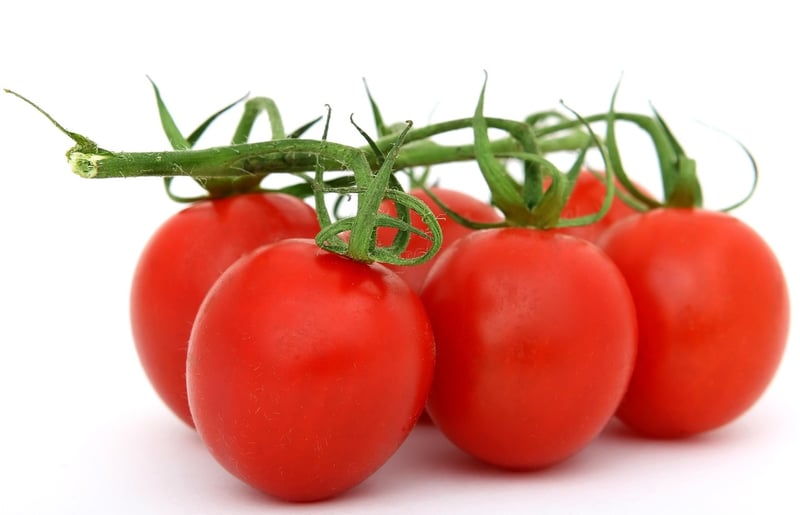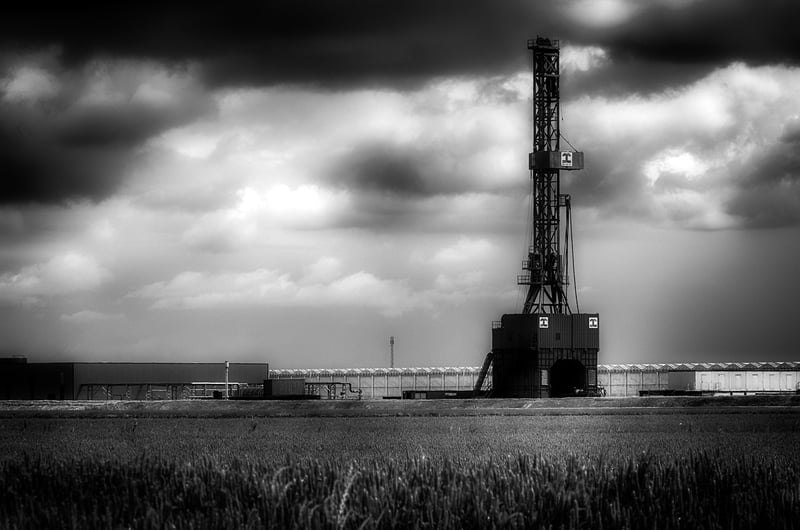Lighting Techniques
Capture Delicious Moments with These Essential Lighting Techniques

Food photography has gained immense popularity in recent years, with social media platforms filled with stunning images of delectable dishes. To capture mouth-watering moments and elevate your food photography skills, mastering lighting techniques is essential.
1. Natural Light is Key
Utilize natural light whenever possible. Position your subject near a window or outdoors to benefit from soft, diffused light that enhances colors and textures without harsh shadows.
2. Reflectors for Fill Light
Use reflectors to bounce light back onto the subject and fill in shadows. Reflectors can be white for a softer effect, silver for more intensity, or gold for a warm glow.
3. Light Diffusers for Soft Lighting
Diffusers help soften harsh light sources. Place a diffuser between the light and your subject to create a gentle, even illumination that showcases the details of the dish.
4. Artificial Lighting for Control
While natural light is ideal, artificial lighting can provide consistency and control. Invest in a softbox or a ring light to mimic natural light and achieve professional-looking results.
5. Play with Angles and Shadows
Experiment with different angles and shadows to add depth and visual interest to your food photos. Side lighting can create dramatic shadows, while overhead lighting offers a clean, minimalist look.
By incorporating these lighting techniques into your food photography, you can capture delicious moments that not only look appetizing but also tell a story. Remember to practice, experiment, and have fun to develop your unique style and create mouth-watering images that stand out.
Start applying these techniques today and watch your food photography skills flourish!
References: Pixabay - Food Photography
